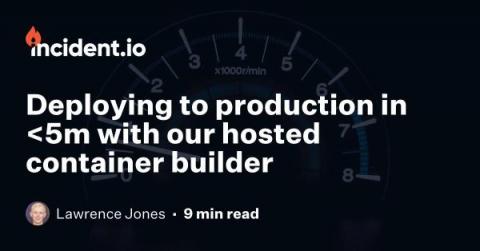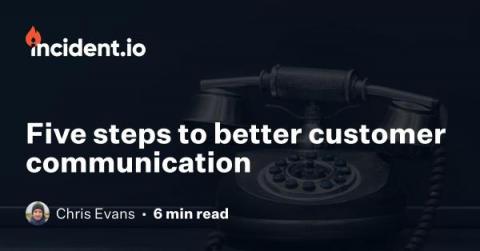Deploying to production in <5m with our hosted container builder
Fast build times are great, which is why we aim for less than 5m between merging a PR and getting it into production. Not only is waiting on builds a waste of developer time — and an annoying concentration breaker — the speed at which you can deploy new changes has an impact on your shipping velocity. Put simply, you can ship faster and with more confidence when deploying a follow-up fix is a simple, quick change.







